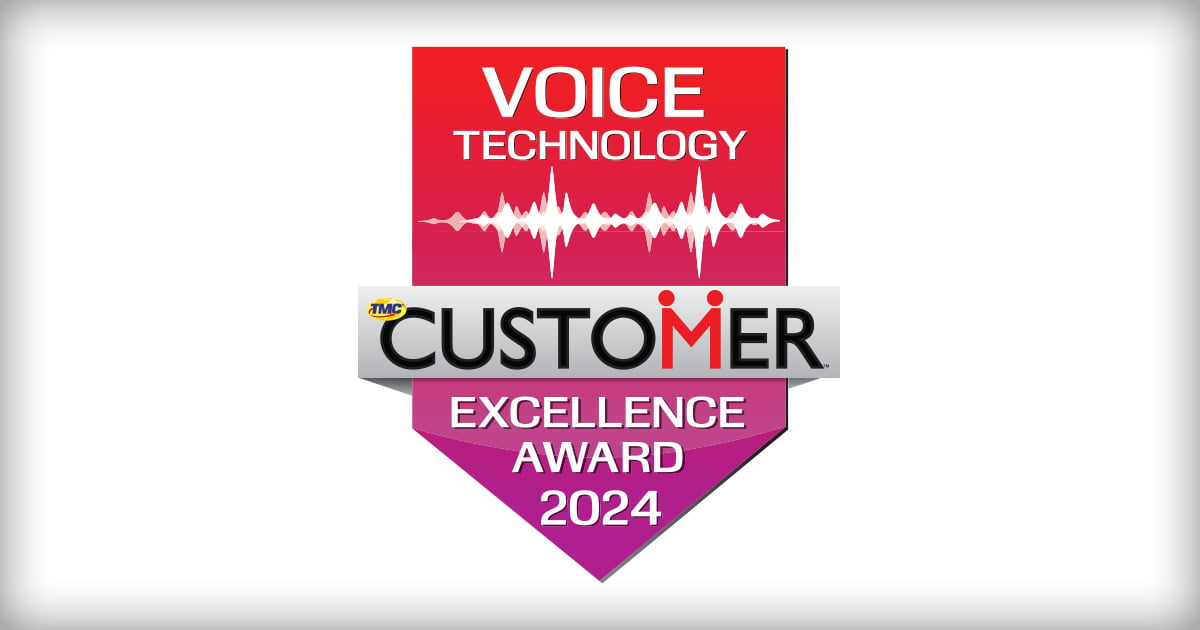
Brands and service providers are increasingly taking customer-centric mindset, seeking to understand their customers more deeply than ever before and use that understanding to build more personal and relevant products and services.
Companies increasingly rely on Customer Relationship Management (CRM) software to support a software-enabled system of engagement with customers.
This changing landscape makes it easier for new entrants to disrupt the relationship between businesses and their customers. This is where data about customers’ behaviors, collected through a range of channels, can play a pivotal role in teams understanding customer intent and sentiment, predicting purchasing behaviors, and providing service that reduces churn.
By integrating technology systems, not looking at CRM as a “freestanding” system, companies can:
- Consolidate customer data
- Improve customer experience
- Reduce data entry and errors
- Reduce business and IT support costs
- Improve productivity and margins
The “ultimate” CRM allows organizations to facilitate more meaningful, productive and loyalty-building customer engagements, whether B2C or B2b.
The notion of customer-centricity emphasizes efforts around unified customer experiences, and while getting to a “single source of truth” for each customer is not a new idea, it's been difficult to achieve.
We caught up with Ted Haughland, senior director at Eventus, a CX and contact center technology and services company based in Denver, Colorado, who explained, “The evolution of CRM is finally making customer-centricity a reality, and this is driving enterprises to switch from old, inflexible, expensive and internally focused CRM systems to those which place the customer (and their data) at the center of their experience.”
Eventus has been partnering for five years with Pega on this quest to and empower businesses to deliver more personal engagements, integrated journeys and better outcomes.
“Game-changing CRM digital transformation is far more than just buying your favorite cloud-based CRM software – it is about how you rethink and redesign CX with a customer-first philosophy,” Haughland said.
“As many companies look to replace first- or second-generation CRM systems, there are numerous considerations in how to approach the transformation,” he continued. “The CRM market is highly fragmented; however, most applications subscribe to one of two primary application architectures:
- Data/Screen based, where the primary configuration activity is mapping out data objects and screen layouts and then augmenting those structures with automation and workflow.
- Process based, which requires the buildout of customer processes with the presentation layer being generated after the process build activity is completed.
Haughland said that selecting the right architecture to support a future state vision is a critical step for updating CRM tools and ensuring the vision is aligned to the fundamental advantages that each of the architectures supports.
“Data/Screen based CRM systems remain a predominant architecture in the CRM space,” Haugland explained. “Starting with Siebel, and now including well-known vendors like Salesforce and ServiceNow, these systems fundamentally start with data object configuration with automated screen rendering capabilities. Processes are typically enforced through business rules or robust development toolsets. There are advantages in stand-alone operations, but it is unnatural for these applications to think the customer master is outside their systems’ four walls.”
As companies wrestle with legacy systems that are extremely expensive to replace, it is often a challenge with a data/screen based architecture to decide who is a master and who is a slave when it comes to data and process management. This has led to the second class of CRM architectures, according to Haugland.
“Process or BPM architectures have gained favor over the last 10 years to capitalize on shortfalls of the data/screen-based architectures. In a process-based CRM architecture, processes are configured first with data objects being defined and ingested as required by the process. There are two classes of these types of architectures: General purpose BPM tools like Pega, or application specific tools like SAP CRM whose function supports processes within their suite of products.”
Haugland has found in implementing BPM systems with Pega that a process-based tool offers several advantages over the data/screen-based designs:
- They provide for improved cycle time and user efficiency improvements as compared to screen/data-based CRM architectures
- They are easier to train agents because they guide calls and processes inherently through their design
- They make it easier to route work in and out of different departments as a customer request crosses from a service center to other areas of the company like finance or warehouse operations
“While there may be a longer deployment time, as these more holistic approaches are more dependent on legacy system interfaces as compared to their data and screen-based approach,” Haugland said, “the long-term benefits are substantial, including the ability to automate and analyze more data.”
Time spent evaluating the architecture of next generation CRM is a good investment, Haugland concluded, because “We live in a real-time all the time world and the time to provide the product or service or answer is immediate. It’s the true ‘power of now.’”
To learn more about how to deliver on the promise of fast and friendly service customers expect, join Eventus and Pega for
a live webinar Thursday, June 11, 2020. The session will explain to businesses can transition their CX transitions from being a set of independent interactions to a holistic Orchestrated Customer Experience in an engagement journey.
Juhi Fadia is an engineer, analyst, researcher and writer covering advanced and emerging technologies.Edited by
Erik Linask





